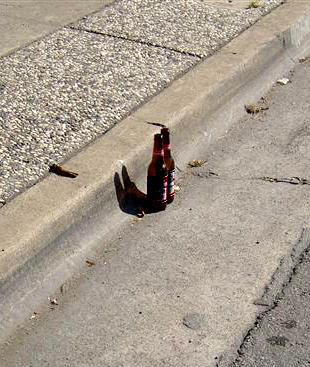Booze laws boost home sessions
 A three-year QLD study has found drinking laws increased pre-drinking.
A three-year QLD study has found drinking laws increased pre-drinking.
Researchers measured the blood alcohol readings of patrons as they entered and exited night-time entertainment districts (NEDs) in South East Queensland from 2014 to 2017.
In 2016, the Queensland Government imposed a two-hour reduction in trading hours for alcohol sales in venues within specific night-time entertainment districts from 3am to 5am.
The Government also reduced maximum trading hours for venues outside NEDs, the banning of ‘rapid intoxication drinks’ (shots and ‘double’ mixed drinks) after 12am and no new approvals for trading hours beyond 10pm for the sale of takeaway alcohol.
The researchers also interviewed patrons on how the new laws would affect their drinking behaviour and collected crime statistics and data on people leaving entertainment districts.
“Study results were consistent with our predictions that following the introduction of the legislation, patrons increased their alcohol preloading and entered NEDs later,” says Associate Professor Grant Devilly from Griffith University.
“People were substantially more inebriated as they entered the NEDs after the legislative change.”
He said there was also a reduction in the number of sober people entering NEDs.
The researchers found that while there were generally more people congregating on the streets of the larger NEDs following the legislation, there was no change in the level of assaults.
“Exit blood alcohol readings were less consistent but showed some evidence of an increase. Crime statistics and patrons’ self-reported experiences of violence did not change,” Professor Devilly said.
“This is the first study to collect extensive data on blood alcohol levels, illicit substance use and assaults as people enter and exit nightclub entertainment districts, both before and after the introduction of this kind of legislation.”
Associate Professor Devilly says any changes to legislation should encourage people to come out into the entertainment districts earlier to reduce alcohol preloading and encourage alcohol consumption in a controlled environment, particularly in establishments that also provide food.
A greater understanding of high blood alcohol levels and the risks they pose is also needed.
“At the moment, many people just focus on its effects in relation to driving—in fact, the potential risk is much broader,” he said.
“We need interventions to address the specific needs of the night-time economies in Queensland.
“Alcohol-related problems in the city’s entertainment districts need to both increase the community’s understanding of alcohol’s effects and take preloading into account.
“If these steps were added to Queensland’s approach, the impact on alcohol misuse and related violence is likely to be much greater.”








 Print
Print